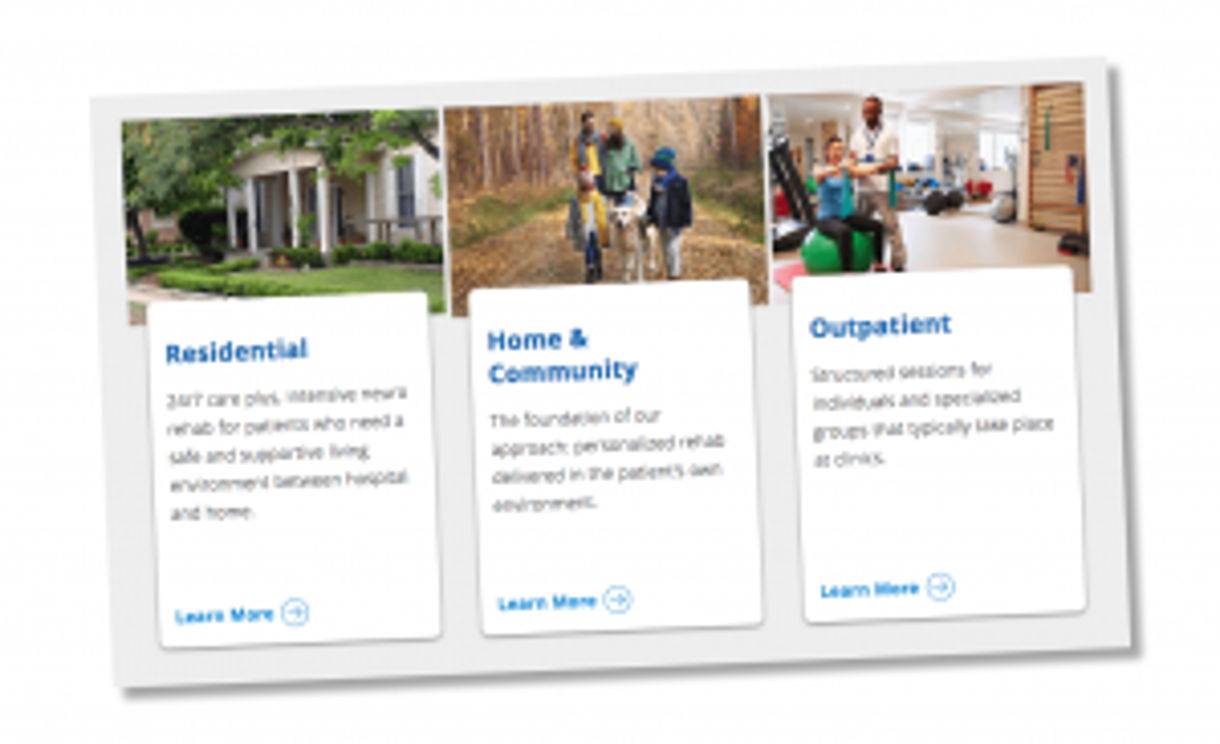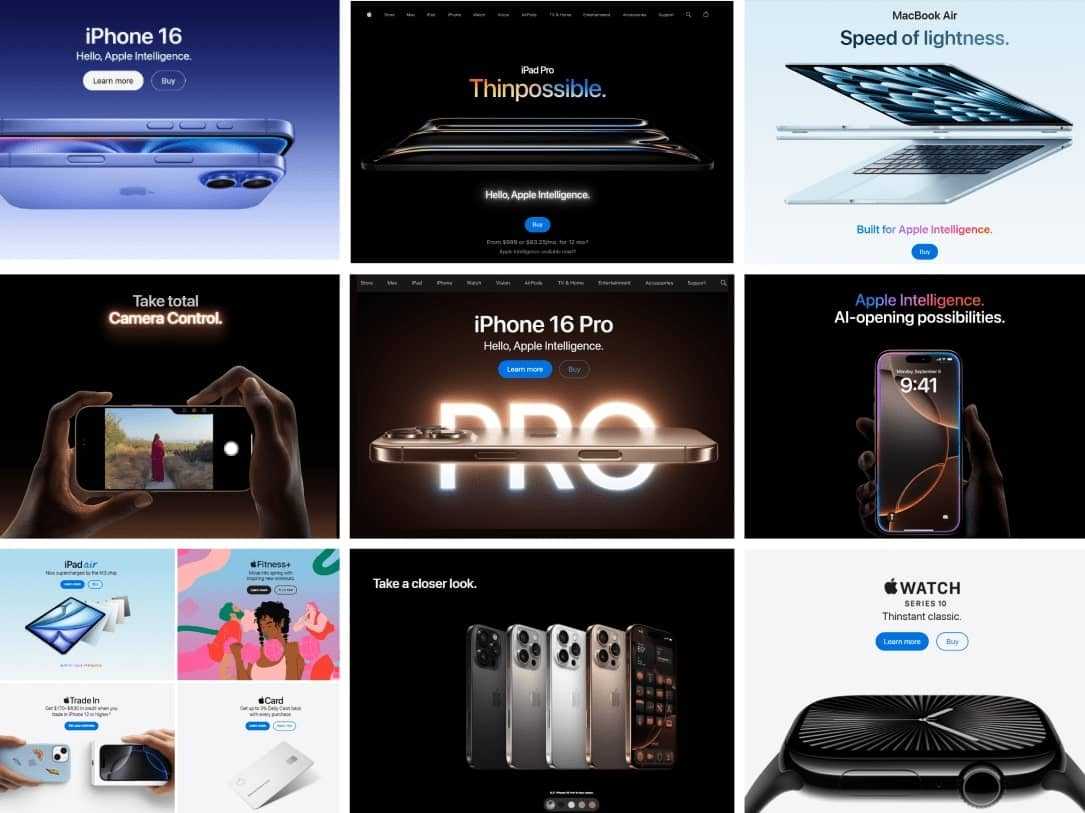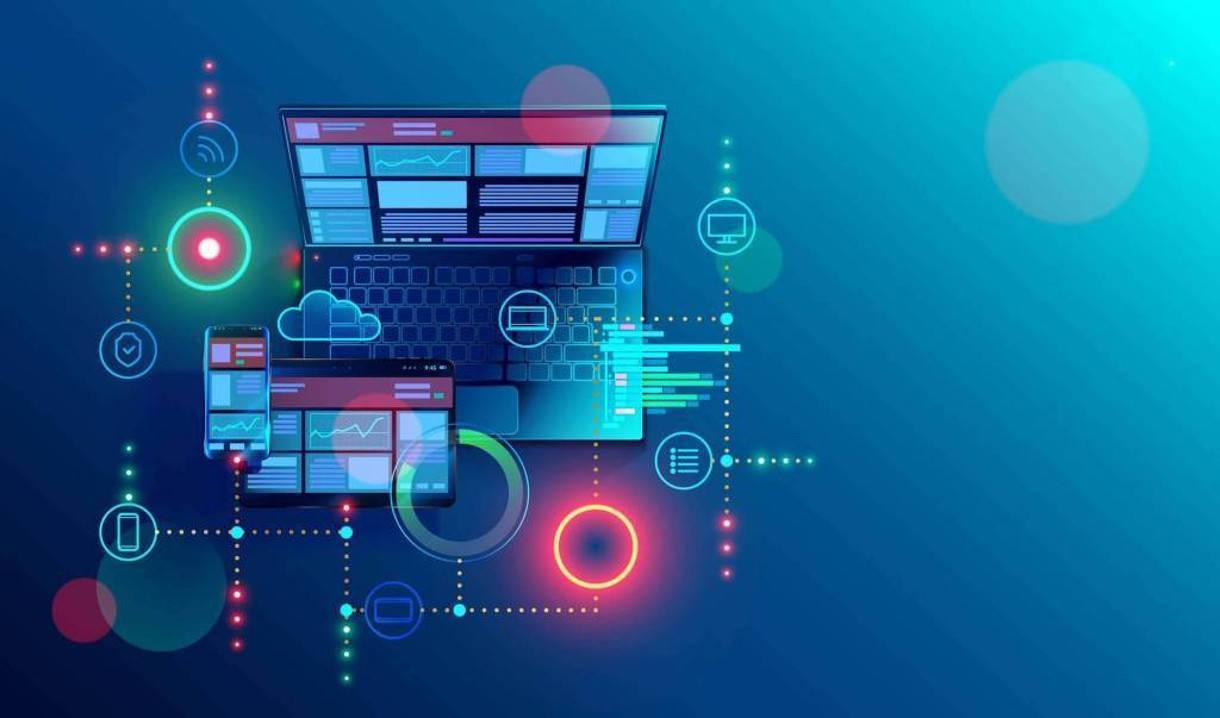

4 Steps for Building High Performing B2B Website Funnels
Sales conversations at work probably go something like this:
[CEO, to VP of Sales]: "Get more business."
[VP of Sales, to VP of Marketing]: "Get me more leads."
[VP of Marketing, to the digital team]: "Drive more conversions from our website."
For business-to-business (B2B) relationships, a company website is the main driver of marketing and sales efforts that earn more business. To be effective and successful, these websites must perform significantly more work than typical business-to-consumer (B2C) websites.
The stakes are higher, too. One lost customer on a B2B website visit can mean the difference between hitting sales goals or a C-Suite executive looking for a new job.
A successful B2B website must look good, of course––but more importantly, it must do the heavy lifting and deliver leads the sales team can engage at different stages of your B2B sales funnel.
That all starts with a solid digital strategy, which should be developed long before designing the first wireframe or writing any lines of code. Success is measured within a series of mini-sales that occur along the customer journey, ending with a closed deal.
Building your Digital B2B Foundation
You must devote considerable thought to these four pillars of a robust B2B website funnel:
- Know the audience(s) - Close on mini-sales throughout the journey
- Articulate the value proposition - Deliver solutions to their specific problems
- Understand the sales timeline - Successful conversion comes in days or weeks
- Define key performance indicators (KPIs) - Measure goals aligned with your business success metrics
How to Close 'Mini-Sales'
Most B2B websites cater to vastly different people (personas) in the sales journey. There may be three or four unique people. You can't ignore any of them.

Well-defined B2B personas help focus your messaging
Your website must address the interests and needs of each persona in a language that appeals to them. The goal is to treat each step in the B2B sales funnel as a series of mini-sales, all leading to the final closing of the deal.
Completing these mini-sales requires website architecture that different personas can easily navigate. A digital marketing and web development agency offers the expertise to build a winning B2B website.
Great B2B websites can engage targeted personas in a variety of ways:
- Persona self-selection, such as homepage copy that says “How we help Person X, Person Y, and Person Z.”
- Keeping website copy succinct and high-level while offering downloads of data-heavy case studies for more technical/engineering personas
- “Why Us?” pages that articulate the value proposition of the B2B company
- Data visualization that clearly presents technical information
- Calls to action and web forms that are A-B tested to learn what generates more valuable conversions
Deliver Robust Solutions

Web content gateways serve targeted B2B audiences
After identifying the stakeholders in the buying cycle, you must provide ample information that appeals to the distinct goals and needs of each person. Enticing B2B personas is less about selling sizzle, and more about selling a prime cut of meat.
That's the value proposition that B2B websites must offer and deliver.
For this reason, B2B websites often need more focus on education instead of urgency or price, which are often selling points on B2C websites.
The goal of B2B website funnels is to complete mini-sales, or to "convert" leads at each stage. B2B landing pages must inform and educate potential customers as quickly and briefly as possible. Copy and content should efficiently lead them to the next stage of your sales funnel.
Secondary pages may feature product specifications detailing compatibility, support, and regulations; they might have case studies and testimonials to validate successful deployment and promote customer satisfaction; or they might include industry certifications and quality standards that help elevate credibility.
Read More: 5 Ways B2B Companies can Generate Leads Through Organic Search
Success Equals Days, Weeks or Longer

B2B sales cycles need more time
The importance of patience can't be overstated. Remember you are courting numerous players in the sales journey. Understanding the sales timeline is key to setting realistic expectations.
For many B2B campaigns, closing a significant sale does not happen quickly.
Numerous people have their hands in the purchase decision-making, which extends the sales timeline.
A sale may begin with a senior executive glancing at a website, or an entry-level employee assigned to identify possible suppliers.
In between, middle managers may visit a website before submitting a supplier's "Contact Us" form on the website. The wheels often turn slowly in corporate decision-making.
That's why your B2B website funnel must connect with each of these individuals at different stages.
Measuring B2B Goals Using KPIs

Measure conversions at each funnel stage
There's no debating that a closed sale is THE key performance indicator (KPI) and ultimate goal of any sales strategy, but smaller measures of success along the buying journey can build towards that goal.
"Conversions" measure any valuable actions taken by B2B website visitors. Examples may be submitting a "Contact Us" form; downloading an authoritative whitepaper; or on a mobile device, tracking clicks that initiate phone calls resulting in a sales conversation.
These are all reliable indicators of buyer interest at different stages of your B2B website funnel.
Qualitative website metrics also provide a measure of your site's effectiveness. Consider tracking these numbers:
- Percentage of returning visitors over a set time
- Return visitors who converted
- Page views per session
- Bounce rate, meaning visitors who exited without visiting any other pages.
These metrics can help you determine whether visitors are engaging with your website. For example, a high bounce rate may indicate that your messaging is not resonating with visitors.
Read More: Differences between B2B and B2C Web Design
Start with Effective Digital Strategy
As a digital marketing and web development agency, DBS Interactive synthesizes all of this information to form a digital marketing strategy and develop a website for your company, one that leverages search engine optimization (SEO) to make the site more easily discoverable, while also offering valuable and useful content to your targeted personas that seek solutions. Contact us to learn how we can build yours!
Read More: 8 Great Examples of B2B Web Design




